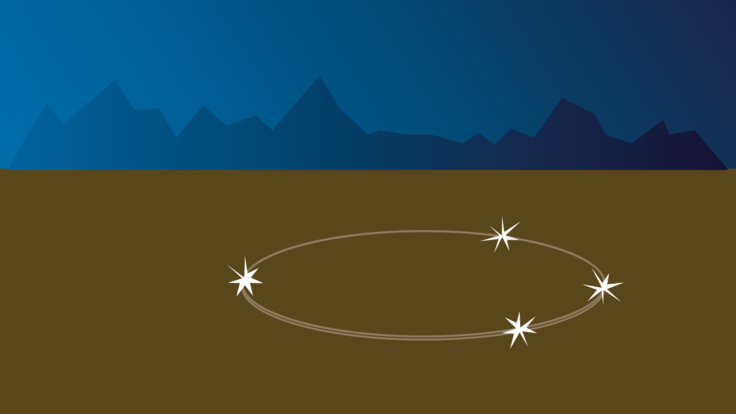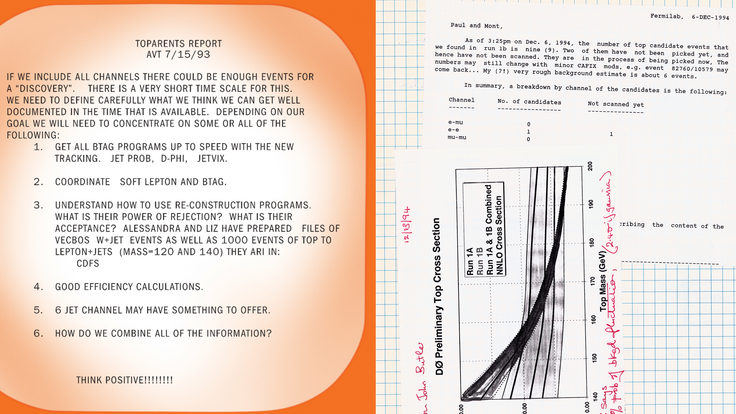Barry Barish: building a global design effort
On March 18, before 400-plus people at the Linear Collider Workshop in Palo Alto, Jonathan Dorfan, chair of the International Committee for Future Accelerators, offered me the job as director of the Global Design Effort for the International Linear Collider.





